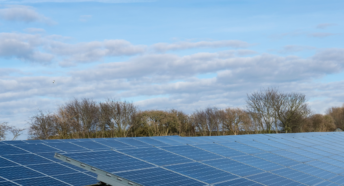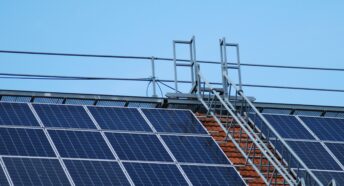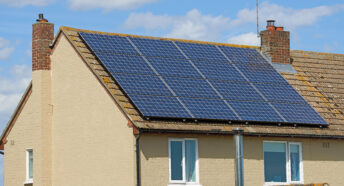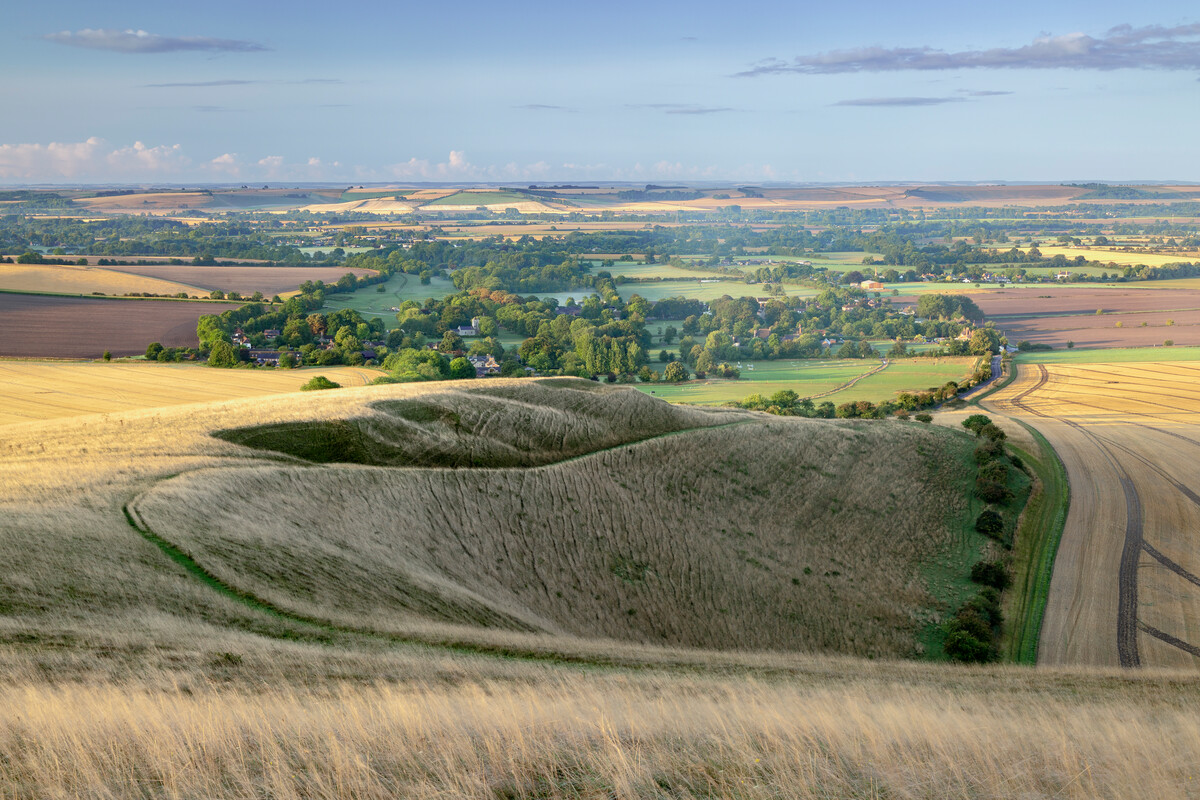CPRE responds to Solar Roadmap
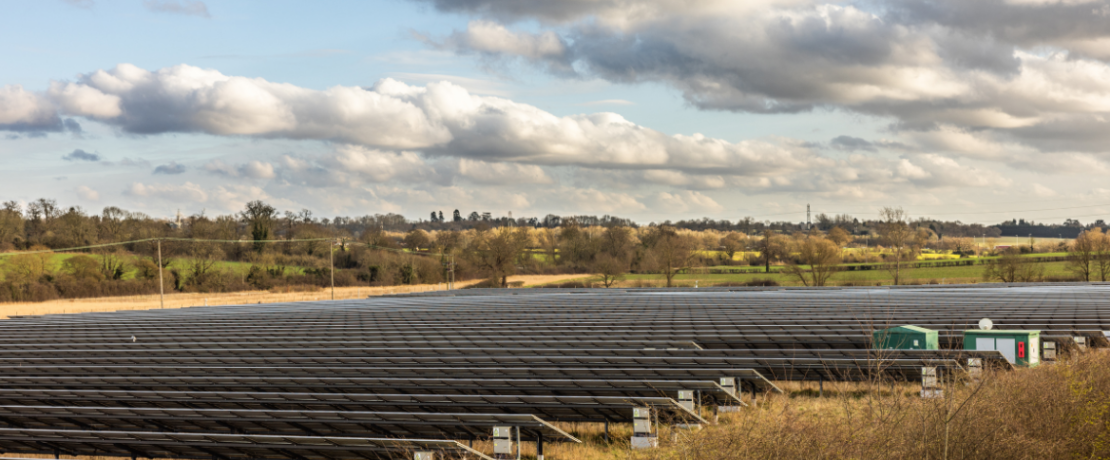
There’s good news – and campaign wins for CPRE – in the government’s new plan for how solar will play its part in getting us to net zero. But there’s a big gap on solving the problems of big solar on the ground, and that could spell bad news for the countryside if nothing changes.
We’ve been championing the rooftop revolution since before the Secretary of State used the phrase, so we strongly welcome the increased policy focus on knocking down the barriers to more rooftops generating clean and cheap power.
Particularly, we welcome the further detail on plans for solutions that we have been forwarding – for rooftop solar on new and existing homes and for accelerating getting solar on the huge amount of wasted space on commercial warehousing roofs.
The big gap
But there is a big gap on solutions for the challenges facing many rural communities right now. Speculative applications for mega solar farms on productive farmland that industrialise rural landscapes. The uneven distribution and clustering of solar farms in certain areas around grid connections. And feelings that community concerns go unheard.
Projections in the Solar Roadmap show that of the capacity installed by 2030, around 60%-65% could be large-scale solar farms. This makes it likely that the challenges for rural communities will be multiplied unless mitigating measures are put in place.
We want to see that ratio shift so that 60% of solar generation comes from rooftop solar alongside stronger measures to support getting ground mounted solar in the most strategically beneficial locations.
Strategic planning
We know there is commitment in government to plan our transition to a clean energy system strategically and they are working to upgrade the grid and connect the Land Use Framework with strategic spatial energy plans. That will help determine the best places for energy generation while also taking into account the other pressing needs for land use – nature restoration, growing food, housing and infrastructure, and mitigating climate change.
However, none of that strategic work is ready yet and will mostly target the period after 2030. So meantime, we need interim measures to help get the balance right or we risk covering iconic, tranquil landscapes and productive farmland of England with large-scale solar farms that could be better placed elsewhere.
Over 60% of our highest-quality farmland is already at risk of flooding – we can’t afford to lose more so long as alternatives are possible.
Solutions
Developers prioritise locations for quick returns. This is unlikely to support complex system planning where local democracy matters without stronger frameworks in place.
Tightening up the rules for solar development in the planning system could help. Prohibiting, rather than advising against the use of our best farmland for solar developments. Promoting the use of landscape scale assessments for considering large schemes to minimise visual impact. And stronger requirements for meaningful dialogue with communities in the early stages of development planning would likely help deliver clean energy faster; it makes sense for developers as well as communities.
These measures would help to ensure the clean power mission will be a shared national mission.
Most people don’t want to see mega solar farms swamping and transforming the character of rural places. There is another way to reach our shared clean power goals and that is tipping the balance so more solar goes on roofs and other wasted space instead.




